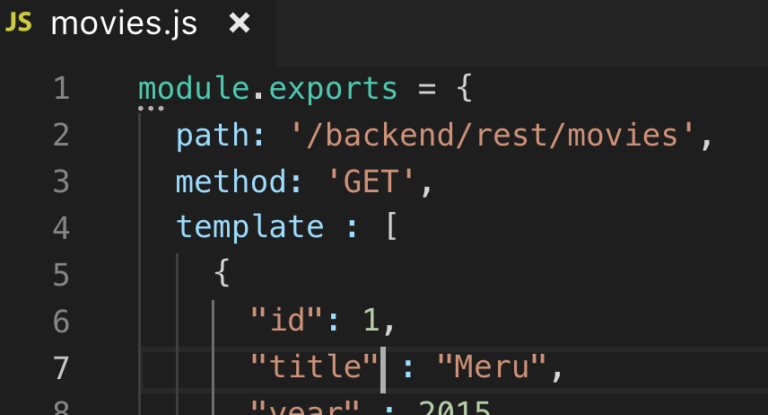
When used in the data layer, XML can end up unnecessarily expensive due to size. It is less human-readable than other data formats available and doesn’t support arrays in a way that is easy to process and understand. The verbosity of XML can create high data transportation costs, especially if the data is high in volume. Being a markup language that has no predefined tags, XML is being employed in spaces where the GUI (graphic user interface) is not a browser.
#Javascript json compare android
Native Android development, for example, heavily depends on XML to format UI elements. This is why XML is still useful to learn, especially in spaces where UI development is required. It supports Unicode and is often used as part of a data presentation workflow. XML still lives today, mainly because it is platform agnostic. The data is structured in a map format, meaning that key-pair values create a high level of predictability.īeing optimized for data and its strong association with JavaScript has led the language to be the preferred data delivery method between servers and browsers.īut unlike XML, JSON doesn’t do too well when it comes to mixed content, and adding meta-data to JSON is impossible without creating additional key-pair value to hold it. JSON’s purpose is to transmit data in a parseable manner that is less verbose, resulting in faster transfer speeds. The existence of JSON is defined by its ability to standardize data structure in a way that is flexible but rigid enough to create easy to understand patterns. In comparison, JSON is one dimensional as it has one job and one job only. The thing about XML is that it was being used in a dual capacity – one as a data structure and transfer, and the other as a formatting methodology that is flexible through custom tags. The point of markup languages is that it gives the data structure, with the ability to create hooks and interfaces for other languages to work with.

It comes ready and preformatted to the needs of the program and application consuming it. It is also extensively used in Magneto, in addition to Microsoft based programs such as Word, Excel, and Powerpoint.īeing a markup language, XML makes the perfect platform-agnostic choice when it comes to displaying and styling data. XML is now commonly found as part of UI development processes in spaces such as Android, JavaFX, UPF and Xmarin. XML rise to prominence in the data layer is due to its ability to use custom tags. The idea behind markup languages is that it’s used to structure documents through tags to define elements. It is good to note that despite being used in the data layer, XML wasn’t created specifically for storing and sending data.

As JSON takes over the web, this leads to the question: is XML still relevant? Where XML is still usedĭespite JSON being the staple in modern app development, XML exists in many enterprise systems and has moved on from being used as a data transfer format.


 0 kommentar(er)
0 kommentar(er)
